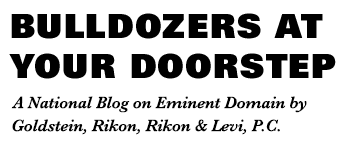Essence Magazine published a remarkable article in its September 5, 2023 issue, “Why the Destruction of a Black Neighborhood Matters to Me – And Should Matter to Everyone” by Brandi Kellam. The story’s author was a student at Christopher Newport University in Virginia and unearthed the painful history behind the Campus’ location. The college in a statement acknowledged that the residents of a well-established neighborhood were displaced by decisions made about the location of the university. The Black neighborhood was known as the “Shoe Lane area.” The article states: As… read more
September 19, 2023
